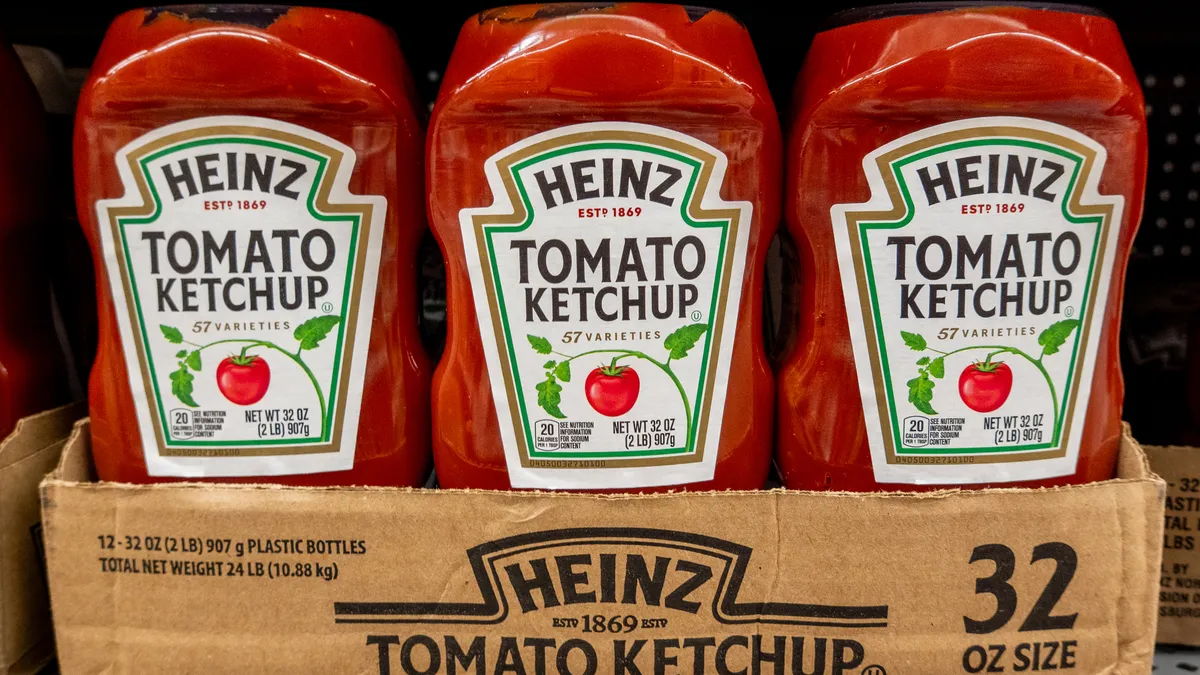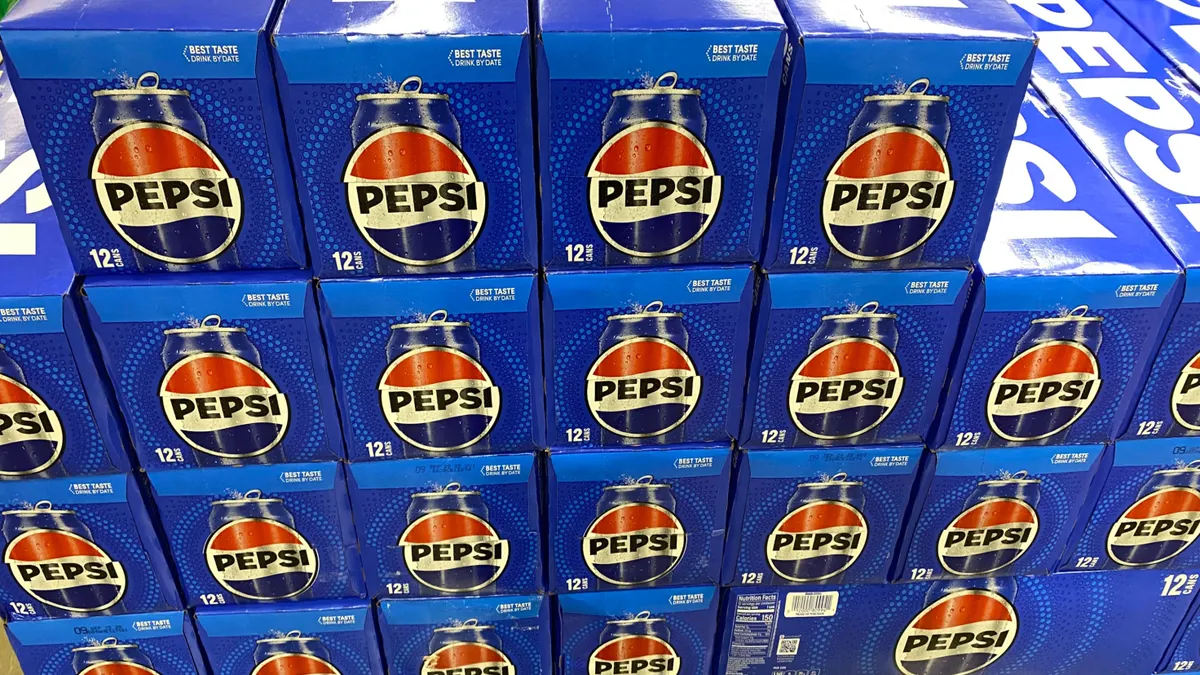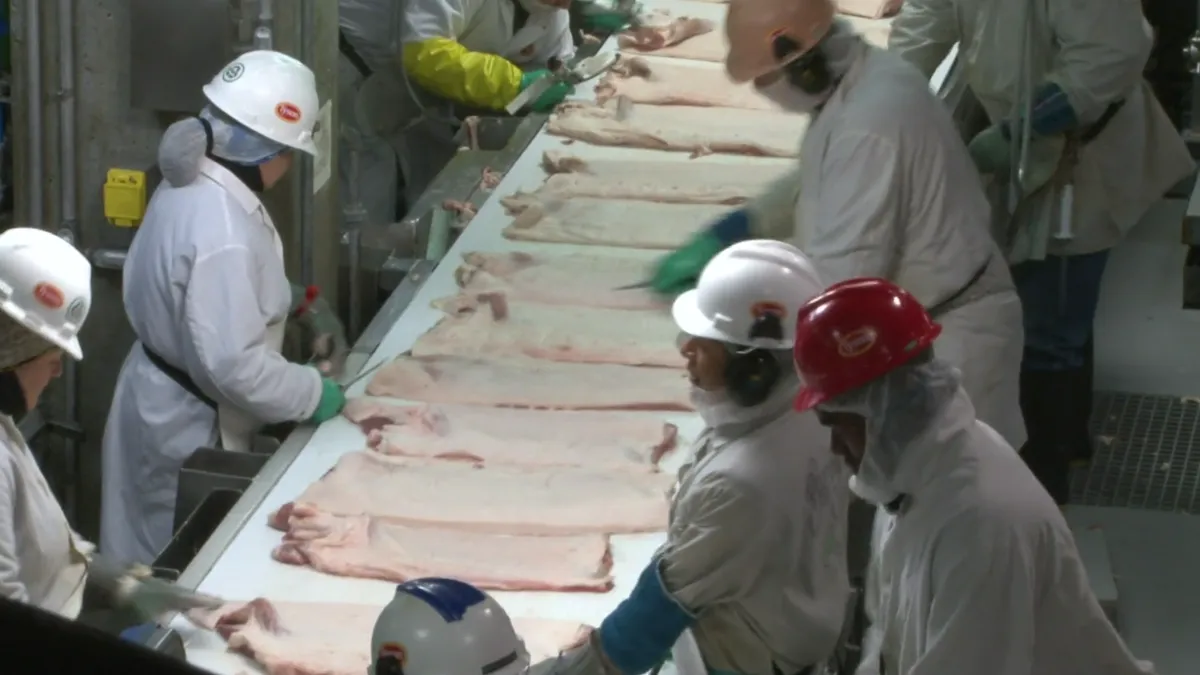Food fraud, the economically motivated adulteration and counterfeiting of food products, is a growing problem within the food industry. Europe suffered from a horse meat scandal last year, mislabeled seafood is sold frequently in the U.S., and authorities recently uncovered an $80 million fraudulent honey trade. Although food fraud isn’t a new problem, globalized industrial food production makes it difficult to monitor all levels of the supply chain. This increases the risk of adulteration and false packaging to hide the product’s true origin.
Both public health and industry credibility are threatened by the wide scale of food fraud. While most fraudulent foods have historically posed no health hazards, cases such as the adulteration of milk with melamine in China show that the risk has increased. Regardless of the health consequences, however, consumers lose confidence in the industry as a whole upon hearing cases of fraud. This is why rejecting the globalized food supply in favor of “going local” is gaining popularity. In the meantime, honest producers lose business from the actions of fraudster competitors.
Current methods for exposing food fraud are predominately for the detection of adulterants after suspicion has been raised. To have a long term solution for fraud, however, more preventative measures need to be adopted. This is where technology plays a major role. Innovative products and initiatives such as the Focused Integration of Data for Early Signals and TruTag reflect the combined efforts of biochemistry, information technology and data analytics to combat food fraud.
Here are five examples currently in operation or under development:
1. Isotope Ratio-Meter
Anyone claiming that space research deserves less funding for lack of human application needs to think again. Isotope ratio-meter technology – initially developed for sending to Mars – identifies the molecular structure of gases through laser spectroscopy. Tests on olive oil at the Rutherford Appleton Laboratory found that the isotope ratio-meter can detect the presence of adulterants with speed and accuracy by breaking down the chemical components of gases emitted from a burned sample. If plans to bring a more portable and cheaper version of the isotope ratio-meter to the market follow through, it would allow for the rapid identification of food fraud without the need for testing in a laboratory.
2. Track and Trace
In response to the complexity of globalized food production and distribution, JDA Software has developed a program called Track and Trace to give managers more control and visibility on all levels of the supply chain. Track and Trace uses a cloud-based network of data to electronically report the details and status of items in production and automate executive decisions on holds and recalls. By providing a centralized electronic system for maintaining quality and efficiency, Track and Trace enables producers to protect the integrity of their brands and reduce the risk of fraud.
3. TruTag
TruTag presents another solution to the problem of tracking adulterated foods. The product is an edible micro sensor made of silicon dioxide, a chemical that is “generally recognized as safe” by the FDA. A unique code can be programmed into the sensor and inserted into a morsel of food so that testers can easily determine its origin. With this capability, potentially fraudulent food with murky origins can be easily distinguished from genuine food.
4.Turbo Matrix Headspace Trap System
Although designed for determining the most enjoyable chemical compositions of Scotch whisky, the PerkinElmer Turbo Matrix headspace trap system, coupled with a Clarus SQ 8 GC/MS and SNFR olfactory port, also offers a solution to food fraud. This is because of the system’s use of gas chromatography to map the quantities and properties of chemicals within a sample of whisky. Because Scottish law requires Scotch whisky to be professionally blended and matured in oak casks for a minimum of three years and one day, it has been suggested that the headspace trap system be used to identify fraudulent whisky products that skip this process.
5. Focused Integration of Data for Early Signals
The National Center for Food Protection and Defense has launched the Focused Integration of Data for Early Signals (FIDES) initiative to research technologies for an early warning system of food fraud based on data collaboration. FIDES will serve as a unified network of experts, organizations, and producers who share food data from a diverse range of sources to bridge gaps of information. With this network in place, incidents of fraud can be recognized at the early stage and effectively counteracted by managers.
Would you like to see more food news like this in your inbox on a daily basis? Subscribe to our Food Dive email newsletter! You may also want to read Food Dive's look at 4 ways labels may change in 2014.




















